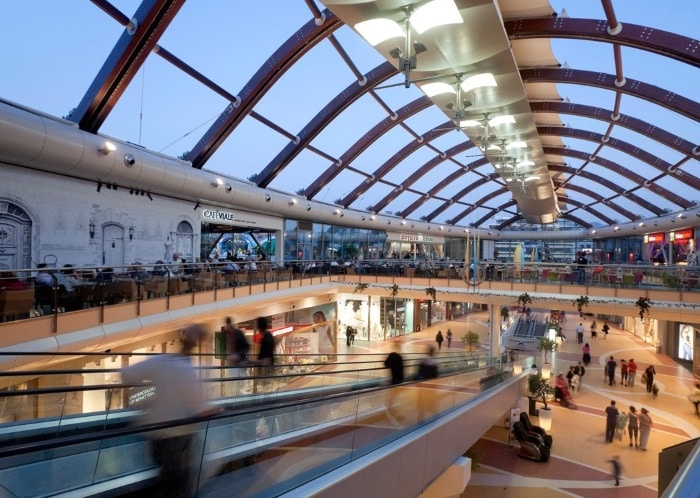
According to analysts, the coronavirus pandemic has “rocked” the process that is already underway in the United States. Many malls in the U.S. have long ago brought low profits and were considered unviable. But in the ordinary course of business, they could have existed for about a decade, and the current situation forces the owners to reconsider their policy completely.
Thus, recently, the Texas company CBL & Associates, which owns several breakdowns (including many low-profit ones), announced plans to file for bankruptcy. More significant owners also have many problems, always facing millions of dollars in debt from tenants, including many cinemas and amusement parks, badly affected by the pandemic. Not surprisingly, against the backdrop of all these events, there are predictions that many shopping centers across the country will be closing soon.
But what will happen to those closed shopping centers? Earlier, there was a report that Simon Property Group, the largest U.S. mall owner, is in talks with Amazon to convert some of Sears and JC Penney’s closed department stores into ordering processing centers. This news has allowed many industry analysts to speculate on the future of former malls as logistics centers. There is also speculation about the possibility of transforming malls into office centers, churches, medical facilities, and even residential complexes.
Many agree that turning old retail spaces into new warehouses would be more than a logical solution, although, in practice, it may not be accessible at all. The demand for logistics infrastructure is snowballing, primarily due to the rapid development of e-commerce. But the problem is that transforming a building originally designed for stores and entertainment into a warehouse can be quite a difficult task. And the warehouse tax is less than that of the shopping center, which means that local municipalities will hinder such conversion.
According to Moody’s Analytics REIS, after COVID-19 in the U.S., a 15.6% reduction in apartment development is expected to occur in the next two years. The volume of offices being constructed will fall by 10%, and retail real estate – by 15.7%. At the same time, interest in commercial real estate is expected to increase by 3.6%.